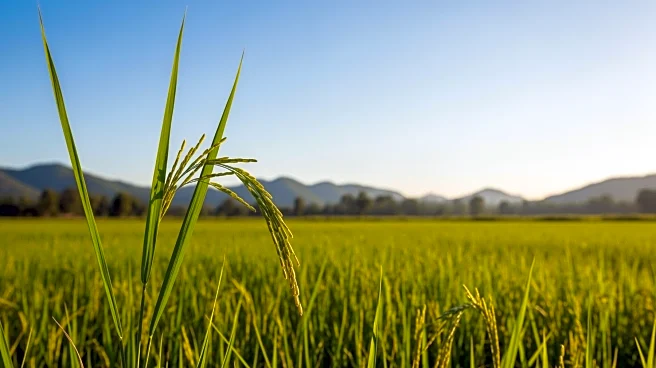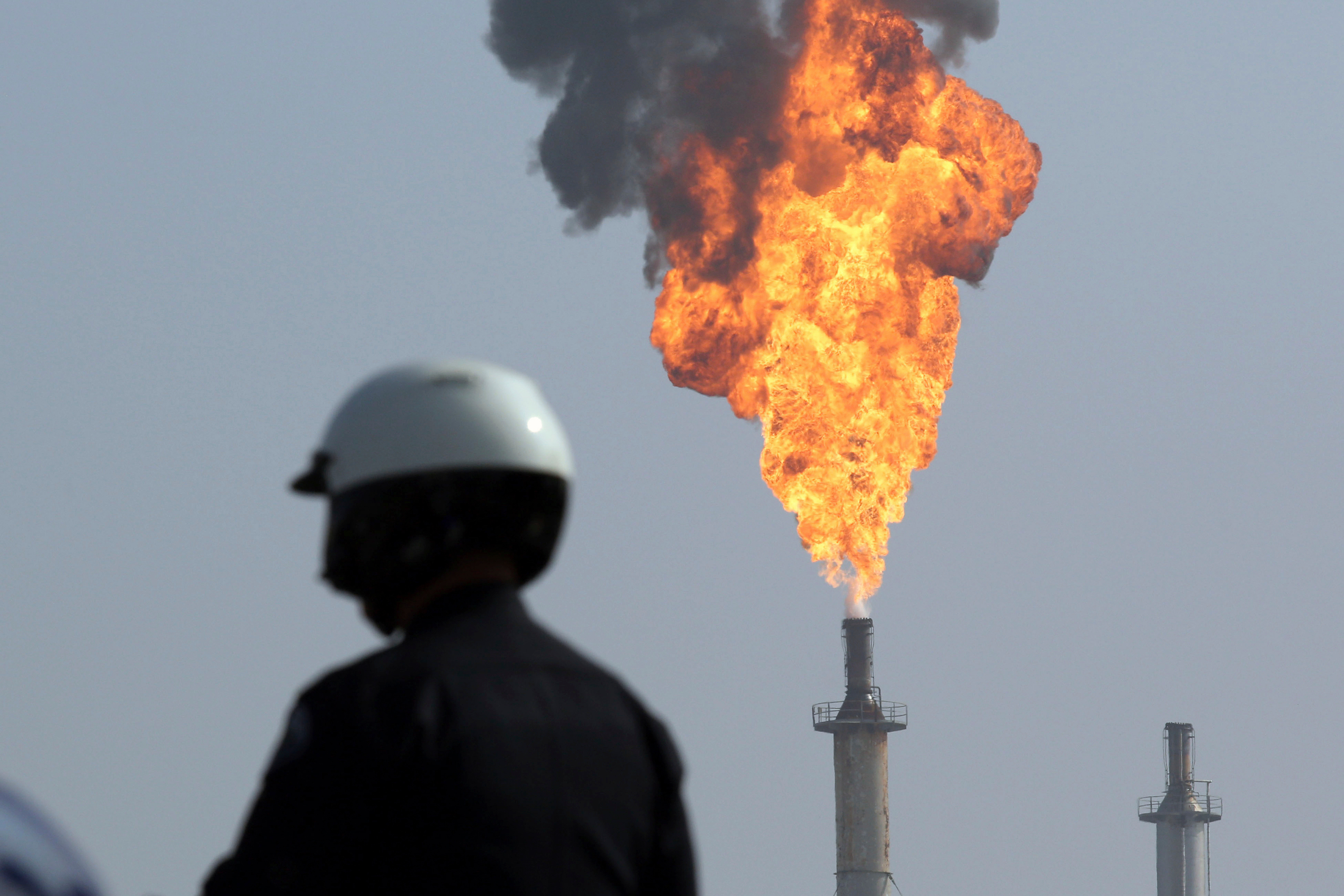What's Happening?
The Takaichi administration is implementing changes to Japan's rice production policies, marking a departure from the previous approach under Prime Minister Shigeru Ishiba. The farm ministry plans to forecast
7.11 million tons of rice production for staple food in 2026, representing a 5-percent reduction from the current year's volume. This adjustment is aimed at preventing potential oversupply, which could lead to sharp price declines and dissatisfaction among farmers. The previous policy under Ishiba focused on increasing rice production to prevent shortages and reduce high prices. However, the new administration under Prime Minister Sanae Takaichi is concerned about the risks of oversupply. Currently, rice prices remain high, and the ministry expects demand for staple food rice to range between 6.97 million tons and 7.11 million tons in 2026, similar to 2025 levels. The newly appointed farm minister, Norikazu Suzuki, emphasized aligning production with demand and avoiding irresponsible increases in output until the rice market expands steadily.
Why It's Important?
The shift in rice production policy is significant for Japan's agricultural sector, as it aims to stabilize rice prices and prevent market disruptions caused by oversupply. By aligning production with demand, the government seeks to maintain price stability and support farmers' livelihoods. This policy change reflects a broader strategy to manage agricultural resources effectively and ensure food security. The decision to refrain from distributing government reserve rice to curb prices indicates a move towards market-driven pricing mechanisms. This approach could impact farmers, distributors, and consumers, as it influences the availability and cost of rice, a staple food in Japan. The policy also highlights the government's role in balancing agricultural production with market demands, which is crucial for sustaining the agricultural economy.
What's Next?
The farm ministry plans to purchase approximately 210,000 tons from the 2026 harvest through advance contracts with farmers to replenish government stockpiles. Additionally, if demand for staple food rice falls short, the ministry intends to buy surplus rice from the market. The ministry is considering having private distributors hold part of the government stockpiles to mitigate distribution delays. These steps are part of a broader strategy to manage rice reserves and ensure timely distribution. The ministry is also moving towards shortening the current five-year rice storage period, which could further impact supply chain dynamics and market stability.
Beyond the Headlines
The policy shift may have long-term implications for Japan's agricultural sector, including changes in farming practices and market strategies. By focusing on demand-driven production, the government is encouraging more sustainable agricultural practices. This approach could lead to innovations in rice cultivation and distribution, as stakeholders adapt to new market conditions. The decision to involve private distributors in holding government stockpiles reflects a trend towards public-private partnerships in managing agricultural resources. This collaboration could enhance efficiency and resilience in the supply chain, benefiting both producers and consumers.













